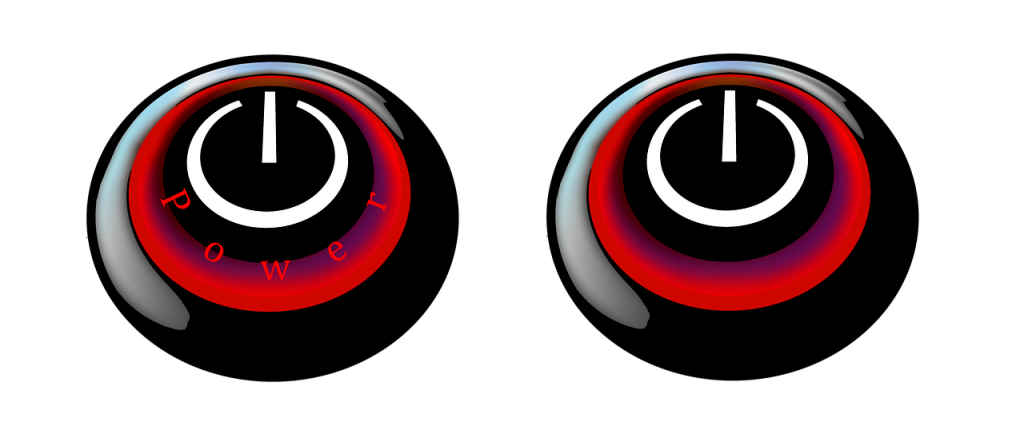If you choose to make the switch to solar energy for your home, there are a few things you’ll need to know about your new energy system. For example, solar energy systems fall under the National Electric Code (NEC), which requires certain specifications to be met in order for the system to pass inspection and be used to generate energy. One of the NEC requirements for solar energy systems is something known as rapid shutdown. So if you are considering purchasing a solar energy system or already have one, you’ll need to understand what rapid shutdown is and why it’s important.
What Is Rapid Shutdown?
A rapid shutdown requirement means that a solar energy system needs to have a solar panel shut-off switch. This function was first required by the National Electric Code in 2014, so that solar energy systems would have a fast and easy way to cut off the electricity running through the system as a safety precaution.

It’s important to have a rapid shutdown capability on your system for certain emergencies. For example, the conduit that runs from the panel to your inverter could become damaged and expose line electricity. This would not only be dangerous for you, but for first responders as well, but with the rapid shutdown function, responders would be able to quickly shut off the power.
Is Rapid Shutdown Required?
Rapid shutdown is not technically required everywhere in the United States because it is not federally mandated. Each state can choose to implement this requirement, and some have opted for an independent state electrical code instead.
It’s also important to note that rapid shutdown requirements only apply to roof-mounted solar energy systems, not to ground-mounted ones.
Specific Rapid Shutdown Requirements
According to the NEC, your solar energy system’s rapid shutdown procedure will have to meet some specifications, including:

- NEC 2014- This requires that all controlled conductors (i.e. the material in wires or cables that electricity flows through) which are more than 10 feet outside of the solar array, or at least 5 feet inside a building, need the voltage to be quickly reduced in the event of an emergency.
- NEC 2017- States that enforce this regulation will require you to de-energize any conductors beyond 1 foot of the solar array to 80 volts within 30 seconds using a rapid shutdown switch, as opposed to the 10 feet zone of NEC 2014.
Need Help?
Have questions about what you’ll need to do if you choose to go solar? Go Solar Energy can help! Our agents are highly trained and knowledgeable in the solar industry and can assist you with any questions you have. If you are interested in installing a solar energy system in your home or business, we can compare quotes from the top-rated companies in your area and find you the best plan with the most efficient solar panels – and we’ll save you money. Get started by entering your zip code in the bar on our homepage, or for free quotes and guidance from one of our licensed agents, call 888-290-3112.
Leave a Reply